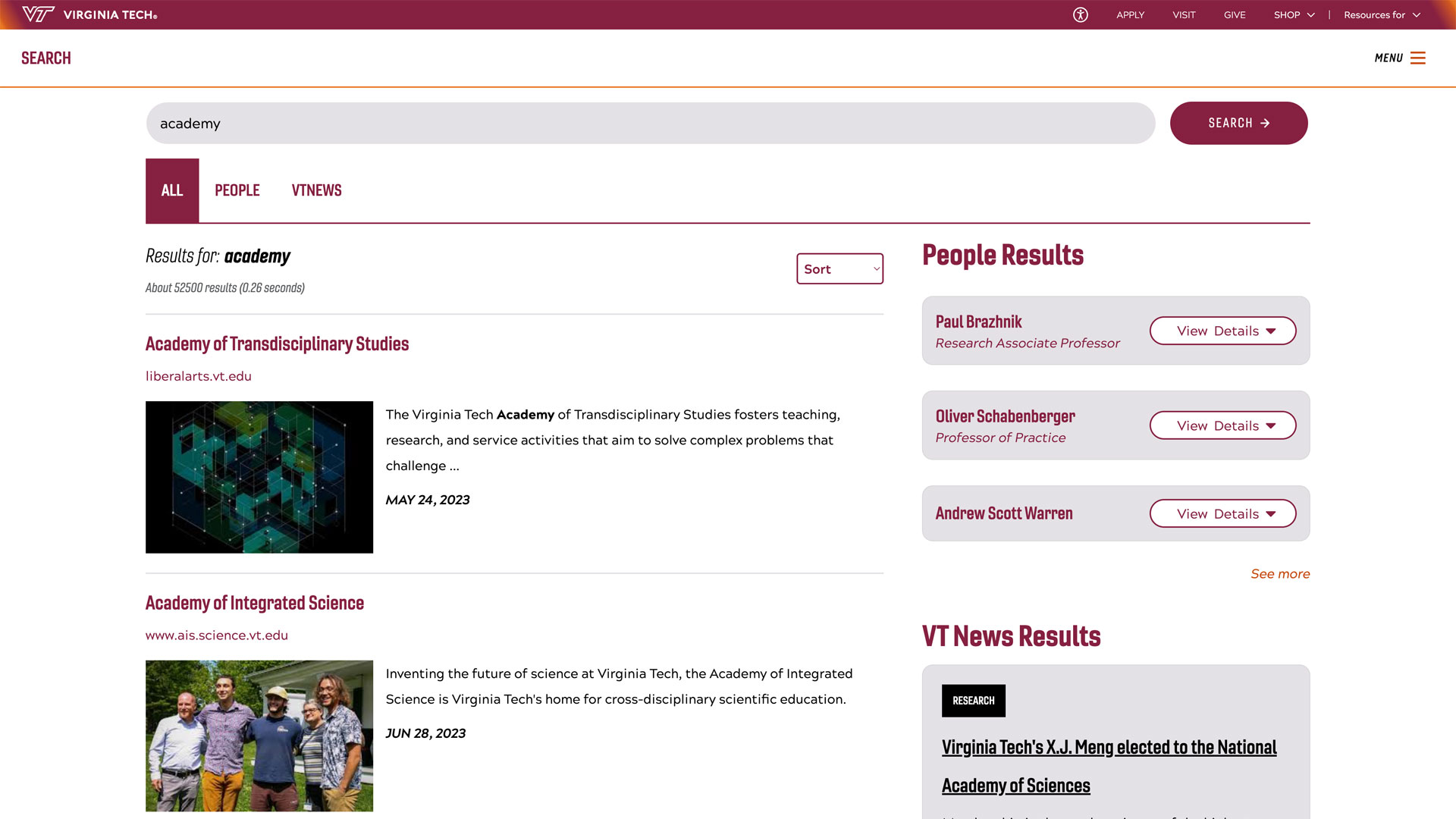Artists explore resilience through Indigenous histories

The Moss Arts Center is featuring the work of two multidisciplinary artists, who each explore resilience and transformation through Indigenous strategies and histories, with its fall exhibitions — william cordova’s “can't stop, won't stop: tenets of southern alchemy” and Laurie Steelink’s “Spirit Is Alive Magic Is Afoot.”
The exhibitions open on Thursday, Sept. 21, with a reception from 5-7 p.m. in the center’s Grand Lobby. The artists will participate in a panel discussion on Friday, Sept. 22, at 11 a.m. in the Moss Arts Center’s Cube. The galleries and all related events are free and open to the public.
william cordova: “can't stop, won't stop: tenets of southern alchemy”
Artist and cultural practitioner cordova constructs artworks composed of reclaimed elements, paint, gold leaf, and collage, presenting encoded representations of social systems and the material histories of objects and images. His work re-contextualizes the concept of multiculturalism and embraces its layered complexity, inspired by his own multicultural identity stemming from Peruvian Andean and African ancestral roots. This exhibition includes large-scale multimedia collages from the artist as well as a site-specific architectural installation.
His “12 apostles,” 2022-23, is a suite of 12 collages, each 5-by-9-foot, installed from floor to ceiling in a fractal-stepped formation based on a scaffold weaving technique, or “ticlla,” meaning “mountain,” that originated in the Andean region of South America. A continuous field of gold leaf, each collage features a different model of boombox from the 1970s and 1980s. The title references the Greek word “Apostolos,” which means “messenger.”

The boombox took the music outside. Oversized and centered in their shimmering metallic landscapes, the boomboxes are akin to amulets loaded with spiritual protective energy. Boomboxes are a recurring object throughout cordova’s practice. He explains that he views them as “a mobile platform providing a voice for the voiceless. [Boomboxes] were vessels that prompted the dynamization of space and the spatialization of time. It was about exercising spiritual ownership in a foreign space through dance and sound. Rituals any culture can relate to, but it becomes critically necessary in an oppressive environment.”
Cradled within the scaffolding is “can't stop, won't stop (rumimaki-krsoneogun),” 2023, a 12-by-30-foot collaged patchwork of paint chips attached directly to the curved wall. Walking around the scaffolding reveals a modulating checkerboard arrangement of hues. cordova considers the interconnectedness of past, present, and future by abstracting the ancient Andean martial art movement known as Rumi Maki into geometric patterns, which are similar to the patterns encoded in Andean textiles and Gee’s Bend quilts. Andean textile checkers represent duality and balance while conveying militaristic, spiritual, political, social, and occupational status, which cordova links to the strategies, dualities, and balance of b-boy breakdance platforms. cordova orchestrates a geometric abstraction of systems, fractals, and possible moves reflective of the infinite scale of the cosmos.
Laurie Steelink: “Spirit Is Alive, Magic Is Afoot”
Exploring connections to her Native American roots, artist and curator Steelink creates assemblages of found objects and reassembled paintings to question authenticity and consider spirituality. This exhibition features mixed-media assemblages and sculptures, photographs, installations, and a video by Steelink alongside traditional weavings and beadwork by Victoria Ferguson, director/docent for the Solitude-Fraction site in Virginia Tech’s Office for Inclusion and Diversity.
"Spirit Is Alive Magic Is Afoot" encapsulates Steelink's approach to life and art. It's a mantra that signifies the energy fueling her artistic expression and embracing the magic of the moment. Taken from Buffy Sainte-Marie's song, "God Is Alive, Magic Is Afoot," with lyrics from Leonard Cohen's prose poem of the same name, the show title pays homage to Sainte-Marie, a Piapot Cree Nation singer-songwriter and activist whose force and creativity inspire Steelink's practice, mantra, and understanding of the world.
A citizen of the Akimel O'otham Nation from the Gila River Indian Community in Arizona, Steelink grew up around the saguaro cacti. A towering presence symbolizing resilience and survival, saguaro cacti appear painted on the gallery wall, bookending a video introducing Steelink’s shapeshifter sculptures to the Sonoran Desert's psychedelic landscape. The sculptures intertwine with saguaro cacti, which have weathered harsh conditions yet provide refuge and nourishment for the desert's diverse life forms. Steelink pays tribute and identifies with the saguaro's resilience, survival, and nurturing spirit.
The shapeshifter or trickster figure serves as a disrupter of norms, teacher, and catalyst for change, reappearing in the exhibition’s photographs and assemblages. The photo “Deliverance (Trickster),” 2000, is a self-portrait of the artist dressed as a rodeo clown, ambiguous in expression. In the shapeshifter assemblage “Deer Spirit,” 2023, a standing figure composed of a deer head enclosed by feathered regalia of repurposed painting is propped up with a body of wood branches. Steelink's process mimics the shapeshifter reimagining and reinterpreting forms, infusing earlier works with new meaning and significance.
Steelink's assemblages and paintings come together in “Gathering Power II,” 2022-23. Modeled on the traditional specifications of Indian market booths, the presentation possesses intentional irony, being crafted by a genuine Native artist, and the pieces question their own authenticity. The booth is decorated with the "Man in the Maze" (I'itoi) symbol, which first appeared on both Akimel O’otham and Tohono O'odham baskets. Featuring a labyrinth with a human figure at its center, the design appears frequently in crafts and arts of the Southwest and has been appropriated by popular culture.
As a curator, Steelink is dedicating a section in her exhibition to the work of Monacan Nation citizen Victoria Ferguson to honor the people's heritage and land on which Virginia Tech resides. Entering the show, the first gallery showcases Ferguson's clothing, pottery, baskets, rattles, and grass mat pieces made from natural materials. These works are framed in the space by silhouetted renderings of cattails on the gallery walls, reflecting the Indigenous practice of harmonizing with nature.
The exhibitions will be on view from Thursday, Sept. 21, through Sunday, Dec. 17.
Visiting the galleries
Located at 190 Alumni Mall, the Moss Arts Center’s galleries are open on Tuesday-Friday, 10 a.m.–5 p.m., and Saturday, 10 a.m.–4 p.m. The center offers many opportunities for students, faculty, and community members to engage with artists and their work. To arrange a group tour of the galleries, contact Laura Higgins.
Parking is available in the North End Parking Garage on Turner Street. When not staffed for a special event, visitors may park in the garage by taking a ticket at entry and paying with Visa or Mastercard upon exit. Find more parking details online.
If you are an individual with a disability and desire an accommodation, please contact Jamie Wiggert at least 10 days prior to the event at 540-231-5300 or email wiggertj@vt.edu during regular business hours.




